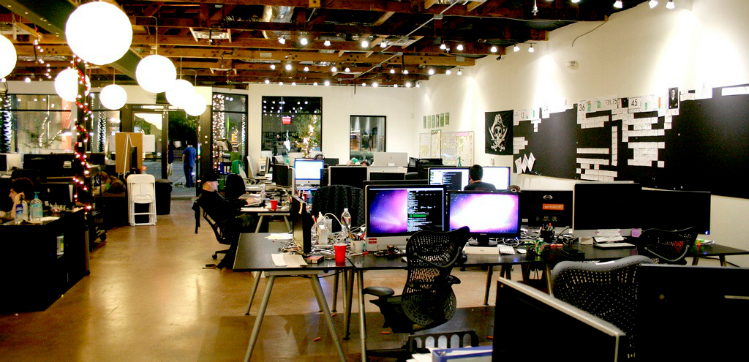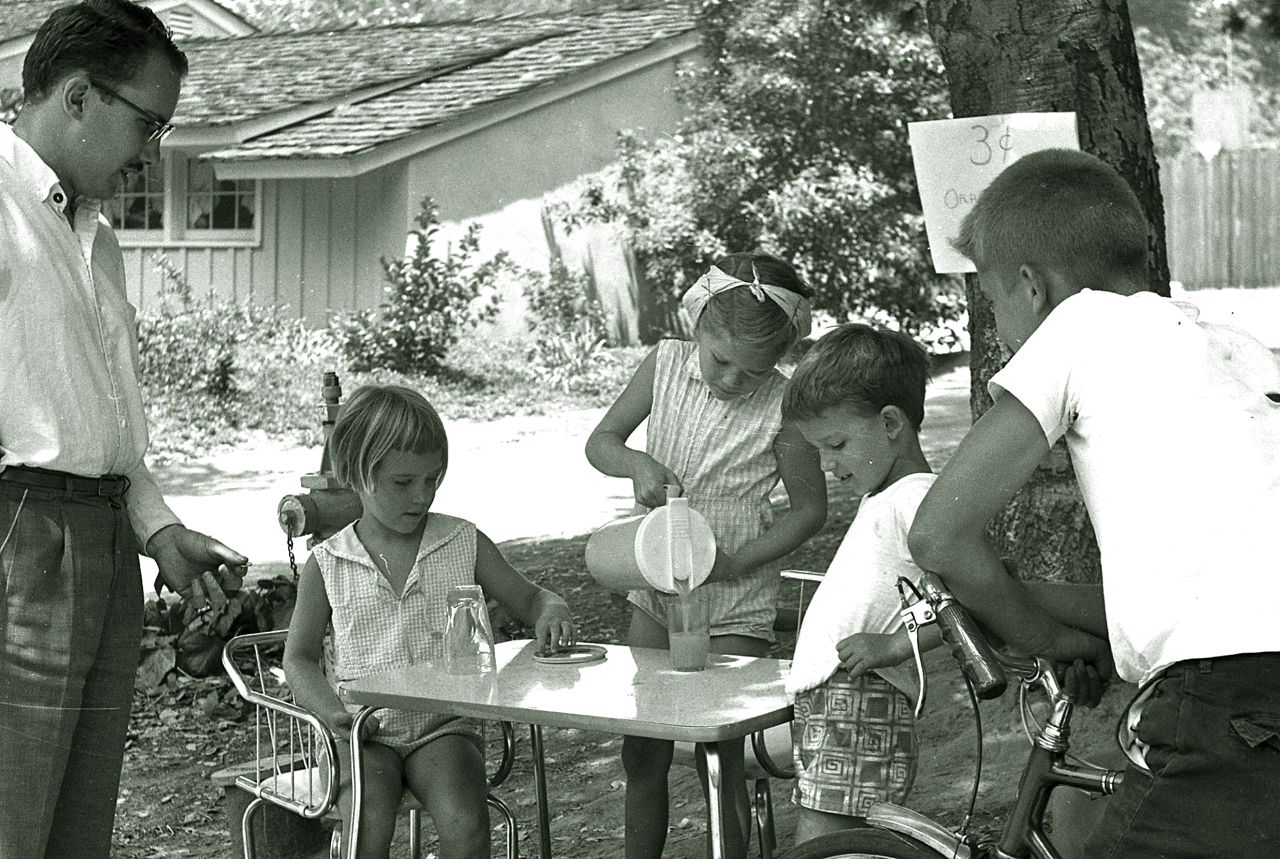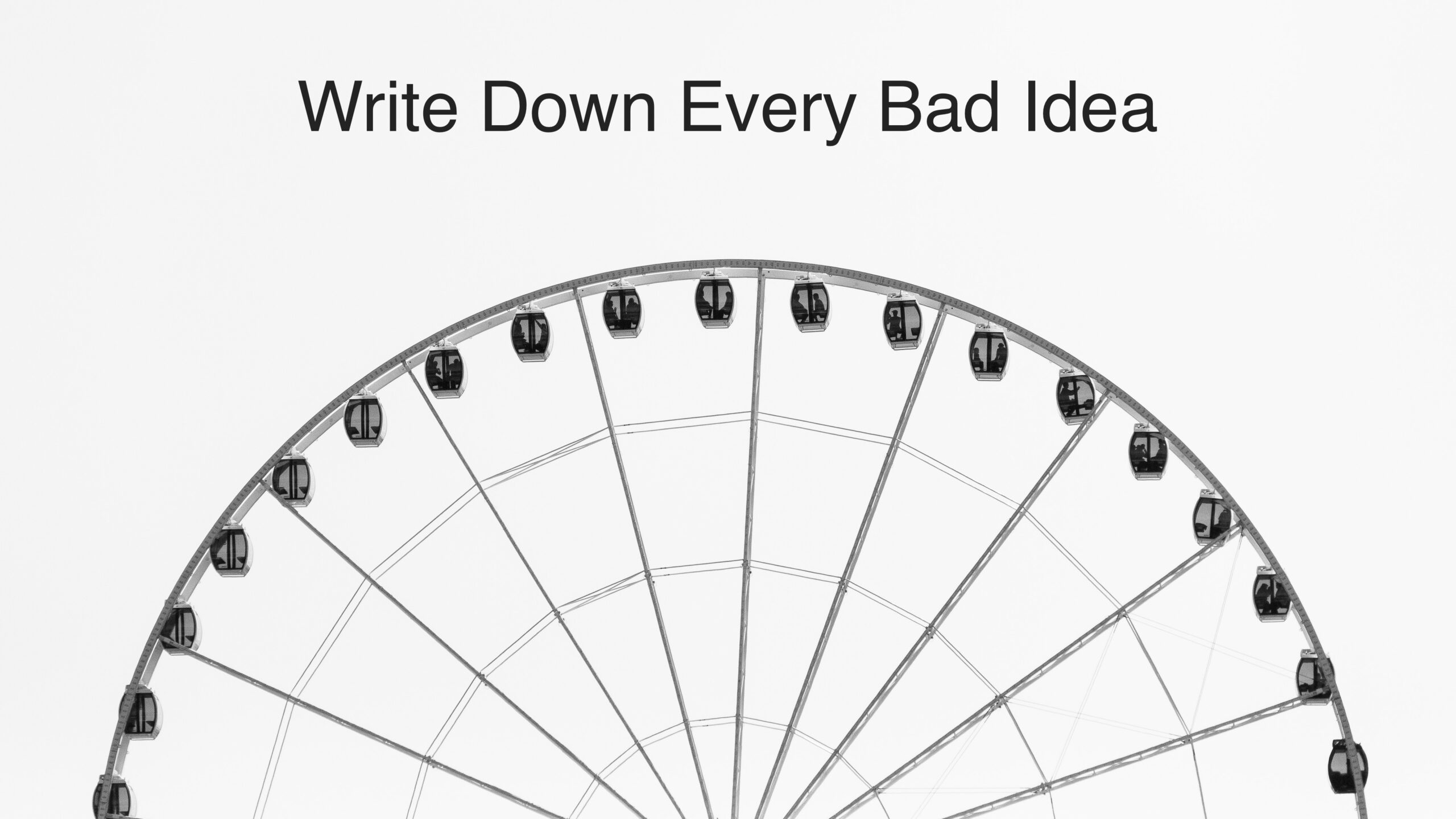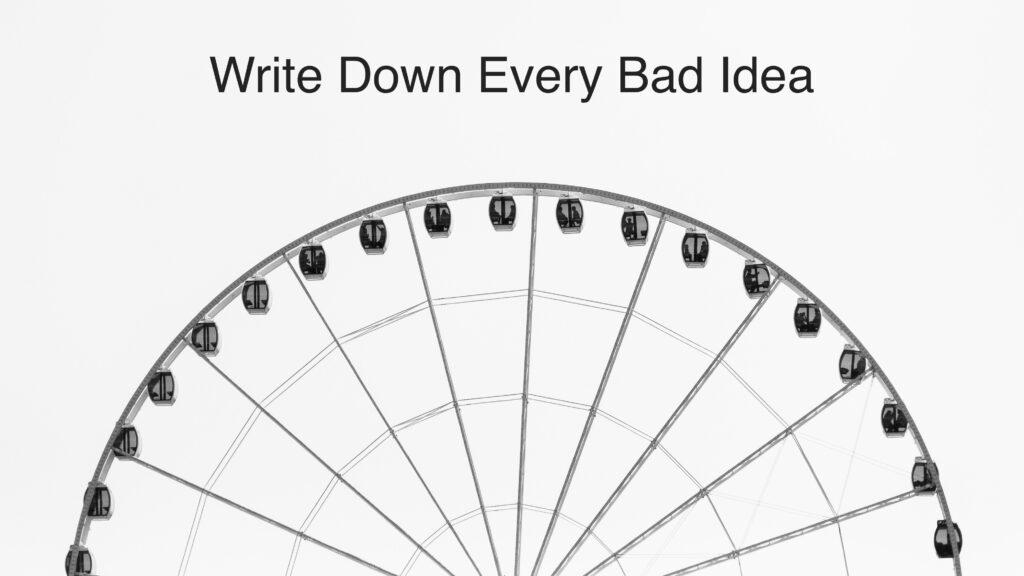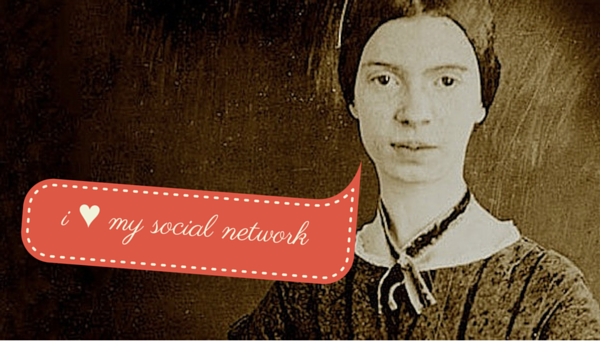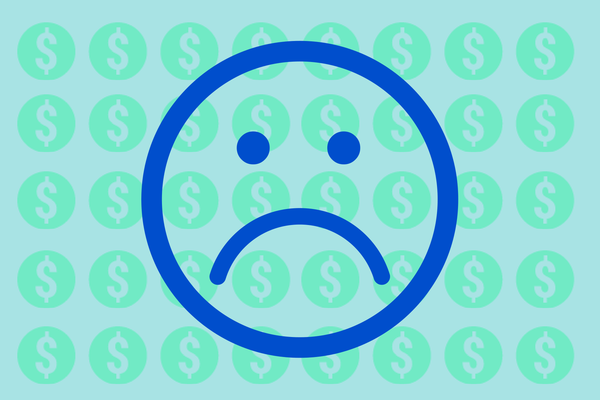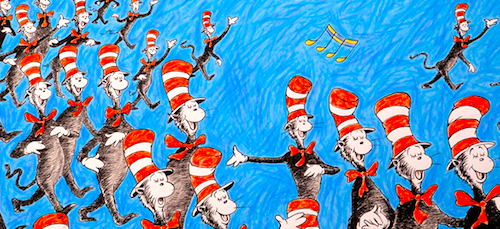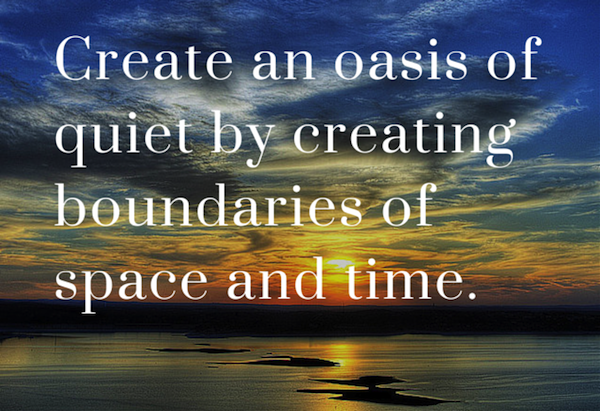
Ira Glass not only hosts the popular public radio show, This American Life, but also writes, edits, performs, produces, and manages. There’s plenty of work to keep him busy, which is why he confessed to Lifehacker that his worst habit is that he procrastinates … by working.
He explains:
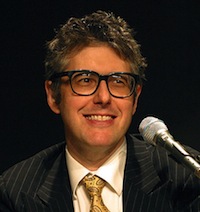 In addition to being an editor and writer on my radio show, I’m also the boss, and deal with budgets, personnel stuff, revenue and spending questions, and business decisions… [W]hen I should be writing something for this week’s show, I’ll procrastinate by looking over some contract or making some business phone call or doing something else that actually isn’t as important as writing.
In addition to being an editor and writer on my radio show, I’m also the boss, and deal with budgets, personnel stuff, revenue and spending questions, and business decisions… [W]hen I should be writing something for this week’s show, I’ll procrastinate by looking over some contract or making some business phone call or doing something else that actually isn’t as important as writing.
When you’re wearing lots of hats, the temptation to procrastinate by working is high, and it’s usually creative priorities and projects that wind up getting the short end of the stick. The double whammy is that not only do you feel guilty and demotivated for not getting to priorities, you also feel worse and burned out from working so much anyway.
In order to reliably get to your creative priorities, the solution is to carve out a deliberate creativity schedule. Without it, the work you put off will be creative work as other tasks seem easier to get through and justifiable, to boot, as part of your job.
Read more
